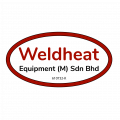Aquaculture Construction and Repair
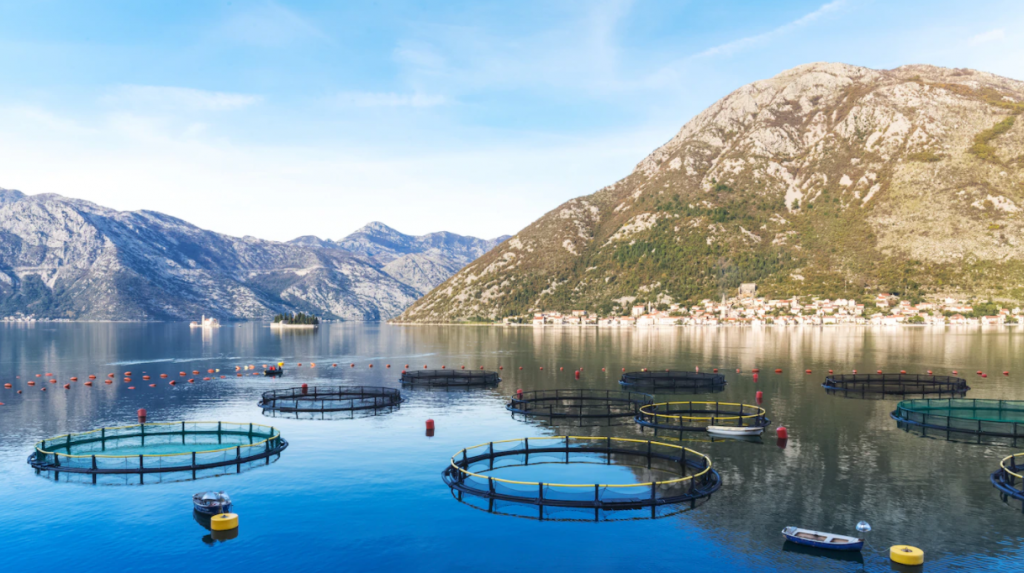
Aquaculture, also known as aquafarming, involves farming aquatic plants and animals, including fish, mussels, crabs and algae.
Fish farming in open waters
Aquaculture in open waters is becoming increasingly important. In this case, a distinction is made between the water itself: freshwater or saltwater, river, lake or sea, and of course its distance from land. These are called near-shore or offshore cultivation systems. In the usual near-shore fish farm, round net cages are placed in rivers or in the sea just off the coast. The reinforcements on the plastic pipes, which keep the net cages buoyant and afloat, are welded with extrusion welders.
Offshore fish farms are placed far out to sea and are therefore located in deeper waters with stronger currents. Huge fish tank systems welded from HDPE are a new addition here. These are completely closed eco-systems that can be made fully controllable. Welding parts for these mega-projects must be professionally sealed and durable. The thermoplastics used in this process are corrosion resistant, which is particularly important when used in water. These new offshore systems should not only be better for the environment, but they should also ensure more economical and sustainable fish farming. As a result, fish can be farmed free from ectoparasites such as fish lice. Additionally, fish waste is recycled without being returned directly into surrounding waters unused and unfiltered.
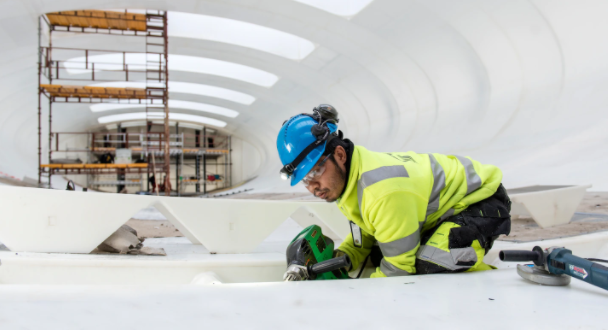
The aquaculture sector is constantly on the move and highly innovative. For example, attempts have already been made to combine offshore wind farms with aquaculture in order to use the sea more effectively and sustainably. Leister offers a full range of extrusion welders and heat guns, as well as a variety of nozzles for this application area. In particular, the Leister extrusion welder is specially designed for the construction and maintenance of offshore and near-shore fish farming facilities.
Fish farming in open waters
Fish farms are comprised of geomembranes for a watertight weld. Water consumption is reduced and the ground beneath the farms are protected from leaks.
Fish farms on land are usually artificial, film-lined and sealed for farming a range of consumable and decorative fish, such as carp or koi. Monitoring water quality is important for maintaining healthy fish stocks and obtaining good yields. A film-lined fish farm makes this easier to achieve.
For the most part, such sealing systems are made of HDPE, LDPE, PP or TPO material. But the material alone does not make for a good fish pond. The geomembrane weld must be absolutely watertight. This makes regulating the water composition easier. A secure sealing system can be guaranteed with the right compact and handy welding machines. This equipment adapts to uneven surfaces for overlap welding with hot wedge technology or hot-air welding technology from Leister.
Hygiene is also an important aspect of fish farming. Water is simply drained from film-lined fish farms and then cleaned in the usual way. In conventional fish farms without film, the water is easily contaminated by bacteria and germs from the natural clay or lime soils. This can be avoided by using a geomembrane.
The corresponding testing devices, such as test needles and the EXAMO force testing device from Leister guarantee the required watertightness and tear resistance. Extrusion welders are used to weld the necessary connections and remaining details for the fish farming systems.
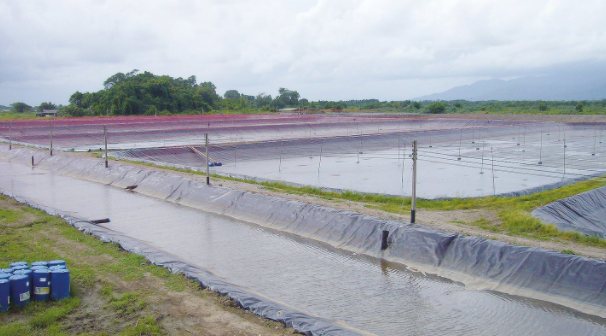
Indoor HDPE Fish Farming Tanks
Thanks to new developments in water filtering and circulation technology, indoor fish farms are not only getting bigger, but also generate greater yields. The benefits of these developments are the decreased need for fish medication and, more recently, the possibility of breeding more sensitive species. Modern fish tanks made from HDPE facilitate ideal conditions for each species, including salmon, perch, zander, and crustaceans.
Optimized living conditions make for a better quality of life. For instance, higher quality meat can be produced by generating currents that induce salmon to swim. Additionally, certain diseases and parasite infestations can be avoided or completely eliminated in controlled tanks.
Water flows in a closed circulation system, meaning the fish cannot escape the tanks and that no wastewater leaks directly into the sea or rivers. As a result, this method of fish breeding proves to be an environmentally friendly alternative to aquafarming in the open sea or river channels.
Aquaponics is another area where tanks are used for fish husbandry. Aquaponics is the combination of hydroponics for cultivating plants and aquafarming, i.e. the breeding of mostly freshwater fish. The wastewater from the fish tanks provides nutrients vital to plant growth, which would otherwise lead to eutrophication and become toxic for the fish.
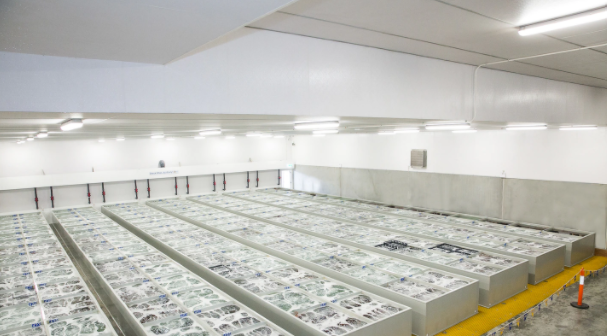
Most fish breeding tanks are made from HDPE plastic and fabricated with the help of hand-held extruders. These non-corroding containers are more economical than similar tanks made from steel in terms of manufacturing costs and life cycle expectancy. These installations can also be readily expanded as desired, since the material is easily welded. They are also very easy to clean, which helps to facilitate husbandry conditions.
